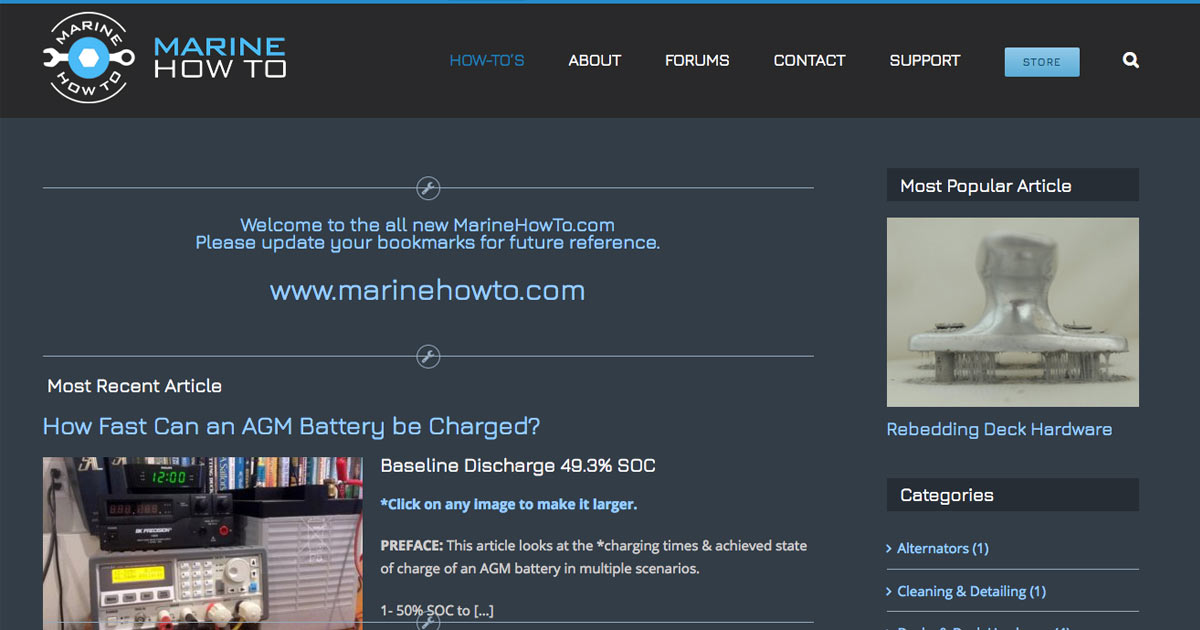Hi Everyone! I am new to sailing. I started 10 months ago with a 50-year old Catalina 22, and three months ago, bought a 77 Lancer 30-2, which has a one cylinder Yanmar Diesel that runs well. I have two standard deep cycle batteries that get the job done. There is a charging system onboard that seems to work when the shore power is plugged in. They are wired through what I am calling a "battery bar". which has a place for (+) and (-) connections. I am guessing that they are wired in a series. (I crawled into my bilge to have a look but don't really know what I am looking at, access is very limited and I am considering installing a hatch behind the tiller for better access.) There appears to be available slots to connect two more batteries.
My question is this: It starts a little easier when it is cold and plugged into the shore power, than 3 hours later when I am returning to harbor. I use the heating switch for 10-15 seconds prior to starting, as I was instructed by the previous owner. Eventually, I will want to go on overnight trips and don't want to get stuck at anchor, trying to hand crank my diesel. When I start the motor in port--connected to the shore power, it generally fires right up. Three hours later, it makes a "wa wa wa" sound and then fires up. This is my first diesel. I don't know if this is normal or if I should add to the battery system, or possibly get a separate battery to start the diesel, and keep the other two for the boat?
Any help would be appreciated.
Thank you,
David
My question is this: It starts a little easier when it is cold and plugged into the shore power, than 3 hours later when I am returning to harbor. I use the heating switch for 10-15 seconds prior to starting, as I was instructed by the previous owner. Eventually, I will want to go on overnight trips and don't want to get stuck at anchor, trying to hand crank my diesel. When I start the motor in port--connected to the shore power, it generally fires right up. Three hours later, it makes a "wa wa wa" sound and then fires up. This is my first diesel. I don't know if this is normal or if I should add to the battery system, or possibly get a separate battery to start the diesel, and keep the other two for the boat?
Any help would be appreciated.
Thank you,
David





